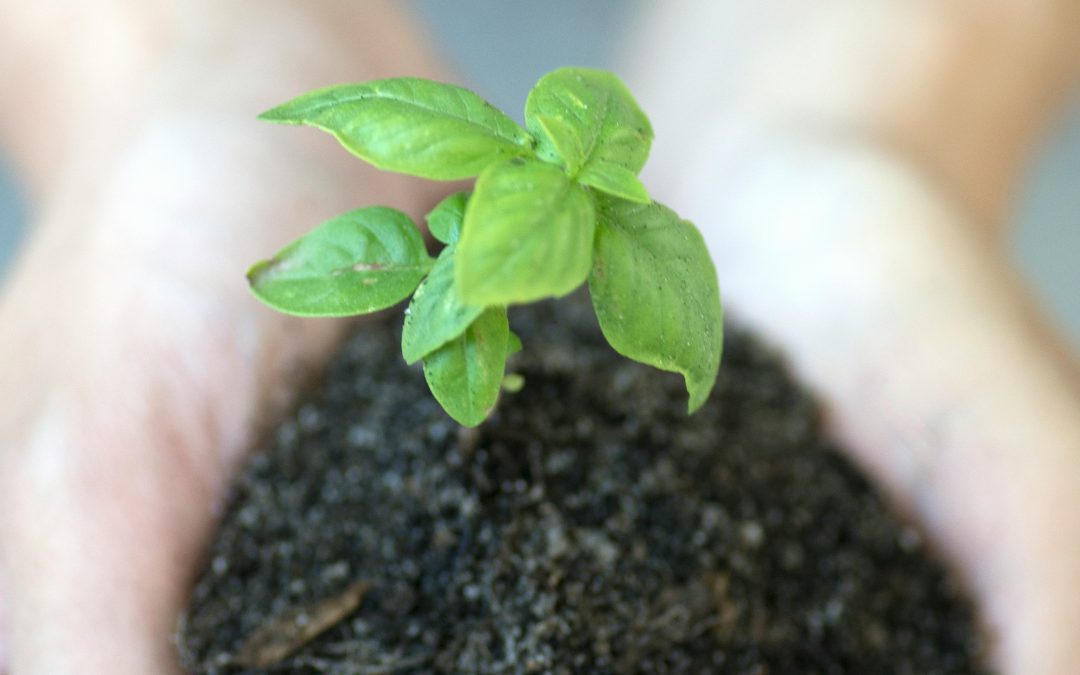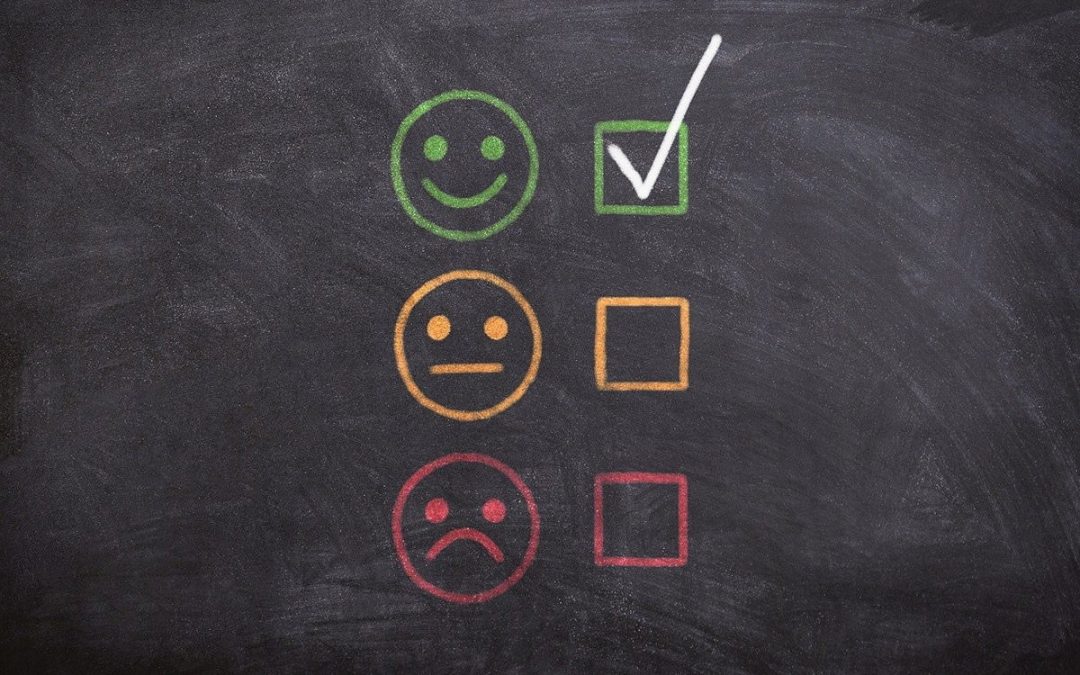
by Kay Spare Login | Mar 6, 2024 | NLP, parenting, work well
This month in my newsletter we’re sharing some secrets that key influencers use to nourish the minds and actions of people who live/work in communities. That may be social communities, workplace teams or families.
Enabling human thriving is easiest when leaders, caregivers, parents and managers demonstrate these practices:
⭐ ‘Walking their talk’ as role models for continuous improvement, taking responsibility for personal development that leads to professional flourishing.
⭐ Understanding how rapport works and how to shift people’s most useful states of consciousness.
⭐ Helping people’s nervous systems feeling safe is key – and that can be influenced both consciously and non-consciously.
⭐ Non-judgement and non-labelling of mistakes and recognising how transient behaviours are often invaluable learning opportunities.
⭐ Validating an individual’s reality as true for them in that moment of time while guiding their attention to a healthier realities and more desirable outcomes.
⭐ Guidance through difficulties with a ‘you’ve got this’ attitude while coaching sustainable mind skills.
⭐ Valuing fresh air, connection to nature, good nutrition, hydration, rest.
⭐ Physical movement with different kinds of rhythm, pace and expression is key to good neuro-physiological health.
⭐ Utilising background sounds & modulating voice tones that stimulate useful states of excitement, focus, and/or soothing calm.
These practices influence the non-conscious reptilian brain’s encoding of life experiences to date (map of the world). This brain part learns fast and prioritises familiarity to ensure survival. It is not rational and sometimes acts alone, without the guidance of logic and healthy emotion, which can be problematic!
Each nervous system in any group of humans, is SIMPLY finding ways to feel safe, albeit sometimes in unhealthy ways.
Your role as a people manager (home, work or play) is to help the whole system thrive by nourishing the individual component parts within. This requires congruent intention and high-level skills for influencing with integrity and precision.
Isn’t it time you discovered how you can contribute to a new thriving system for a flourishing next generation?
Contact us for Happy Brain and NLP coaching training and consultancy, and for more mind-management and brain training tips, news and offers, check out previous blogs or signup to our monthly newsletter (signup box at bottom of page).

by Kay Spare Login | Nov 2, 2023 | be well, brain aim, mental health, next generation, NLP, parenting, psychology, resilience, work well, workingwithkids
Engineering The Mind
Working with young people (and their parents) means helping them understand the basics of designing a future self who is calm, confident, enjoying successful relationships, and is thankful for learning some basic secrets of happiness.
This process applies to any age!
“It is impossible to control any goal that requires other people to change.”
Case study: Lonely Lana
Moving schools had been a good decision for 14-year-old Lana but had left her yearning for her old group of pals. But her mind had played tricks on her, recalling the past in a kinder light, yet in truth, she had been quite unhappy with them. The NEW friendship group felt impermeable, and she came to see me asking for help with ‘social exclusion’.
We established that a couple of girls in the group were being really kind and friendly towards her, but this didn’t satisfy Lana and she found herself:
- Dismissive of easily available friendships.
- Keeping her sights fixed on getting attention from the big personalities.
- Negatively mind-reading the new group’s intentions.
- Negatively interpreting the body language of certain group members.
- Feeling awkward and self-conscious
- Fantasising that the old school friendship group was perfect.
We summarised our initial discussion in terms of her:
THOUGHTS – the group was unsure about her and viewed her with suspicion.
FEELINGS – self-conscious, unhappy, and awkward.
BEHAVIOUR – wanting to withdraw from the group.
Delving deeper into her thinking patterns she soon revealed some fundamental beliefs that were triggering her own unhappiness.
Trigger thoughts included:
“Making new friends is hard work and tiring”
“Why don’t they? …. (act the way I want them to act)”
“I have lost my perfect old friends”
These thoughts triggered her ‘feel-bad’ strategy.
She ran this strategy in her mind ‘on-repeat’.
Neural plasticity meant that those self-harming thoughts became automatic – because she had practiced paying attention to them.
Soon into our session, Lana realised that her true (unconscious) friendship goal had been to be the popular one amongst a large group of girls. But she didn’t yet realise that goal was impossible to achieve since it required:
- Exhausting effort to try to change the opinions and behaviours of others.
- The others to prioritise her needs above their natural ordering.
I invited her to understand that it is impossible to control any goal that requires other people to change. Trying to do that had been exhausting and frustrating, wasting energy and leading to disappointment in others and (self) generating feelings of unhappiness.
EXPLORING SOLUTIONS
I wondered if Lana could amend her friendship goal to “I want to feel relaxed and authentic around new people”. That would require her to expect nothing back from them, just to be curious and interested in the evolving relationships.
After all, a goal like this means being in charge of a goal you can actually control!
EXPERIMENT
We worked hypnotically to visualise Lana pitching up at school, looking for fun people to get to know while feeling relaxed, interested, humorous and happy. This imprinted a new neurological template which she could practise (through neural plasticity) until it became her autopilot.
FEEDBACK
We reframed her thinking so that SHE could reflect on, and positively adjust, her personal thoughts, feelings, and behaviours – it’s an inside job!
SKILLS
I taught her techniques for self-regulating wayward feelings.
FEED FORWARD
We looked through time to visit her future-self. The person who is calm, confident, enjoying a range of successful relationships, and thankful for learning some basic secrets of owning next-generation happiness.
Think this is just about children? Think again!

by Kay Spare Login | Jul 3, 2023 | be well, brain aim, kids, mental health, mind-body, resilience, work well, workingwithkids
Do you have your own definition of good mental health? Have you ever thought about this? What are your guiding principles?
According to the UK Mental Health Foundation, good mental health is:
- The ability to learn
- The ability to cope with AND manage change and uncertainty
- The ability to form AND maintain good relationships with others
- The ability to feel, express and manage a range of positive AND negative emotions
In which of these areas do you excel? And which one needs some development? Does this resonate with you?
I’m a big fan of wellbeing personal audits since all of these ‘abilities’ once brought to your conscious awareness, can be trained, and refined. Accountability helps balance the current trend of victimhood.
You probably know how important it is to get clarity about the future you are aiming your brain towards. Aiming your mind and body towards better mental health seems like time well spent, don’t you think?
With that in mind, I’ve adapted the MHF definition into an easy exercise to help you do review your own needs. I suggest you write out your answers as it has a stronger imprint on the sub-conscious mind.
- Is learning new things important for you? Is it easy? What would make it easier?
- How adaptable are you to change and uncertainty? Where in your life, would you like to grow more flexibility and how would the ‘future you’ benefit from doing this?
- Do you easily form new relationships? And how do you nurture longer term relationships? Where could you better connect with others?
- Are you comfortable with your full range of emotions? With which emotions do you need to get more comfortable? Which ones do you want more of and which ones do you need less of?
- Are you being the best you can be so that any time, any place anywhere you shine? Which aspects of your personal growth do you prioritise?
Is your ‘north star’ shining from the constellation called thrive?

by Kay Cooke | Jan 30, 2023 | work well
CLICK HERE to watch John and I discuss many important aspects of communicating to influence with integrity and precision, especially online!
John is President of the Society of NLP.
See more in John’s chapter in this book Inspirations for Thriving Through Chaos

by Kay Cooke | Jan 31, 2022 | work well
Intern Jonty’s first day in Happy Brain HQ had gone well. He had quickly proven himself bright, communicative, polite, and capable of learning fast. And as he put his coat on to leave, he said to me “I hope I haven’t been too much of a drain on you today…”
“Woah, Jonty” I said, never missing an opportunity to shine a light on someone’s chance to feel happier, “what picture have you just painted inside my mind?”
“Huh?” His face was blank because of course, he knew nothing about NLP and how our thoughts are perceived as pictures and sounds. Nor did he know how words influence those pictures and sounds and therefore trigger feelings.
“Jonty, you’ve just asked me to consider whether or not you have drained me today … look, how did you feel when you said that?”
“Well, a little nervous to be honest.”
“And when you say to me ‘I hope I’ve been helpful today’ how does this feel?”
“Oh, quite good actually” he replied standing more upright.
“And by using these words, you see yourself having been useful?”
“Oh yes!”
“Now isn’t that a nicer self-image? And don’t you now feel more motivated to come back?”
“Yes!!!”
“Well for me too! Now I can go home thinking about you being helpful, which you were, and that helps me look forward to working with you again.”
Do you know how influencing your words can be?
Learn more about the power of words in our upcoming Happy Brain and NLP workshops and trainings – 2022 schedule being finalised (contact us if you’re interested).







Recent Comments